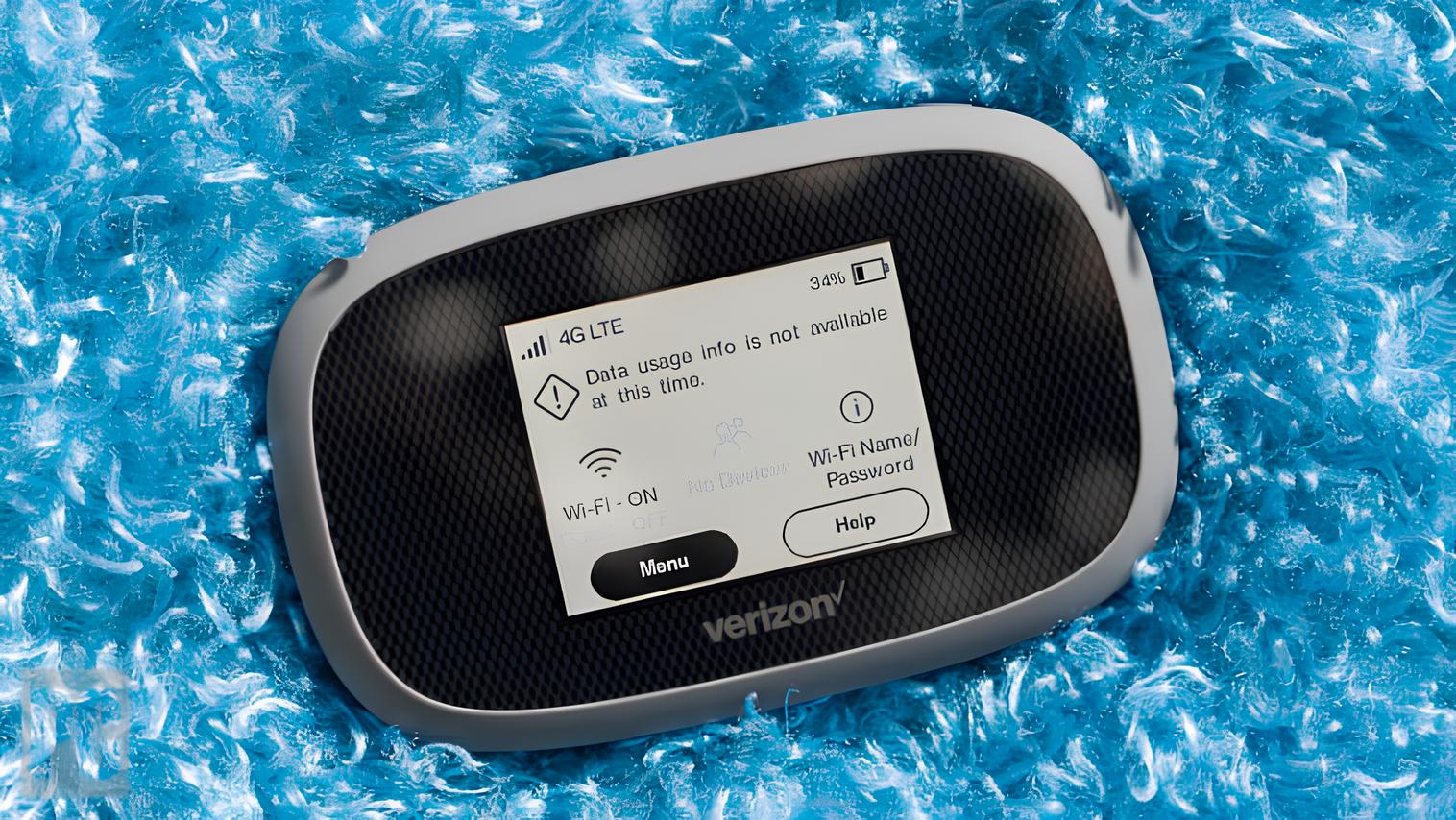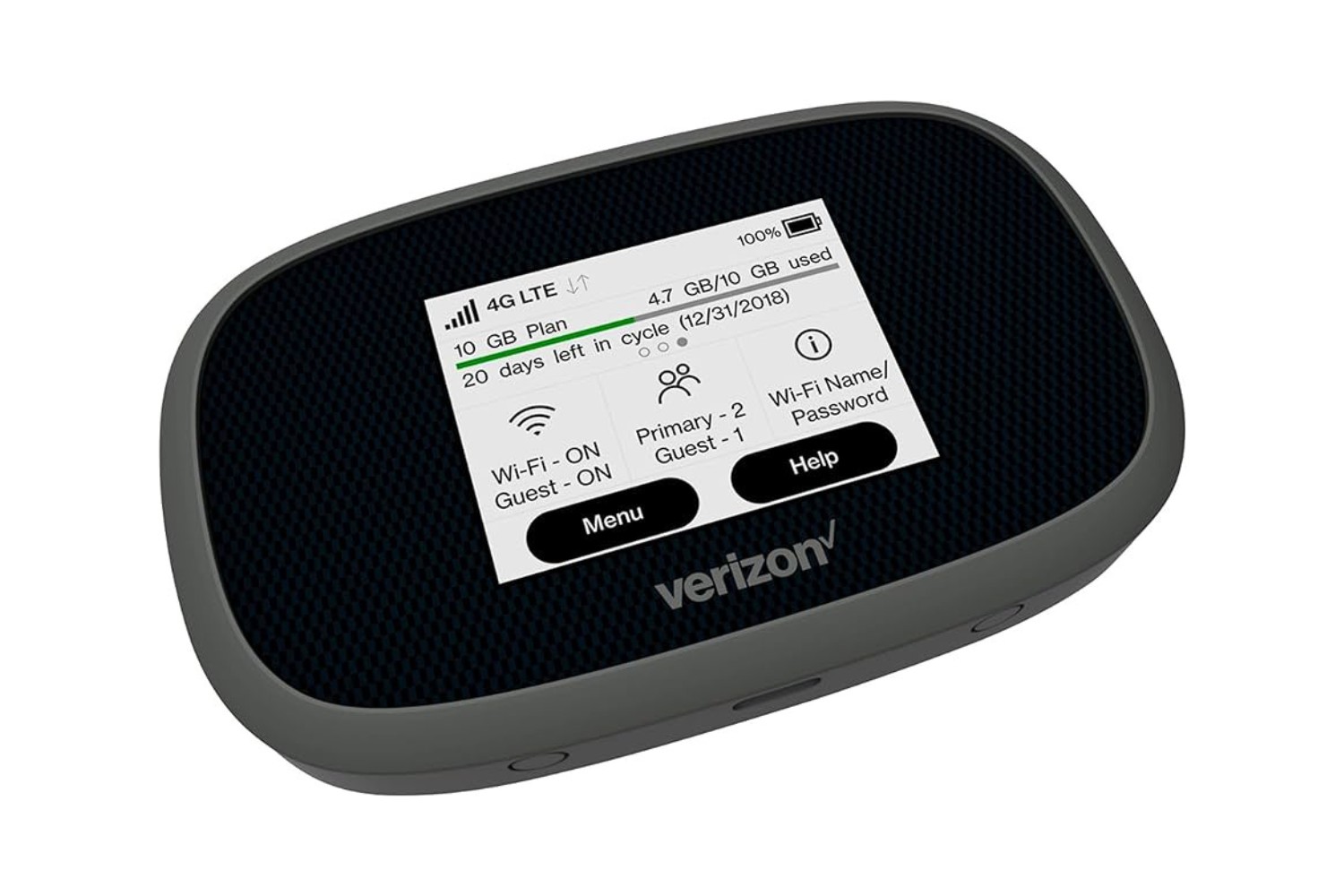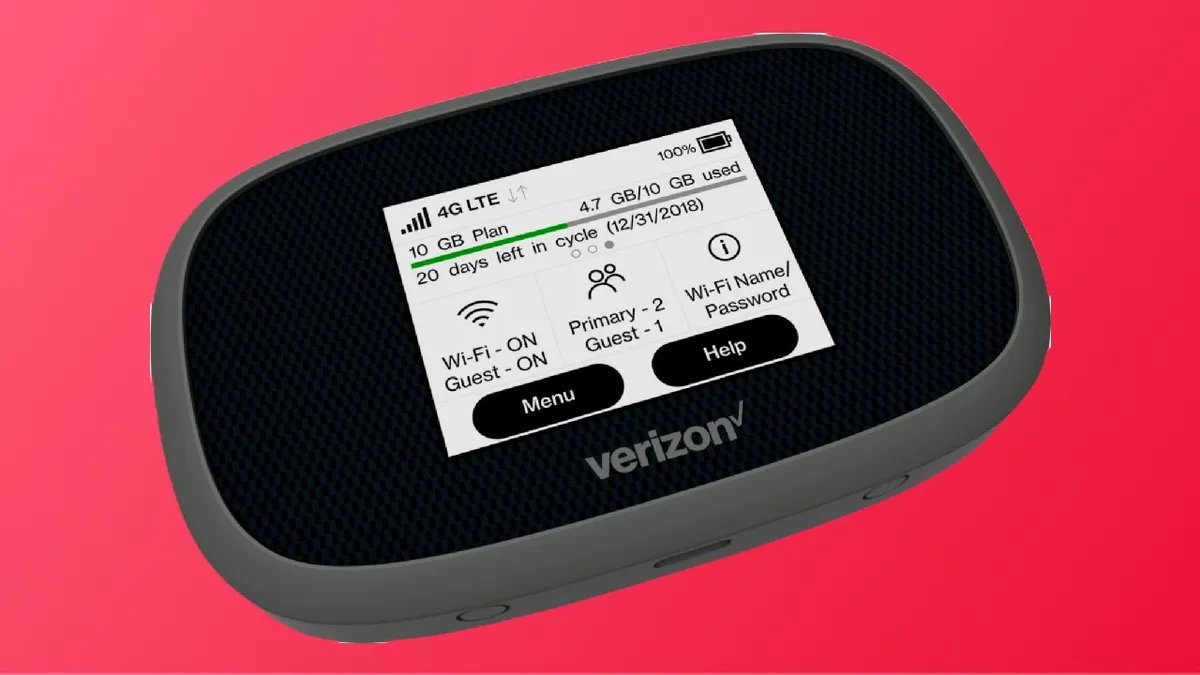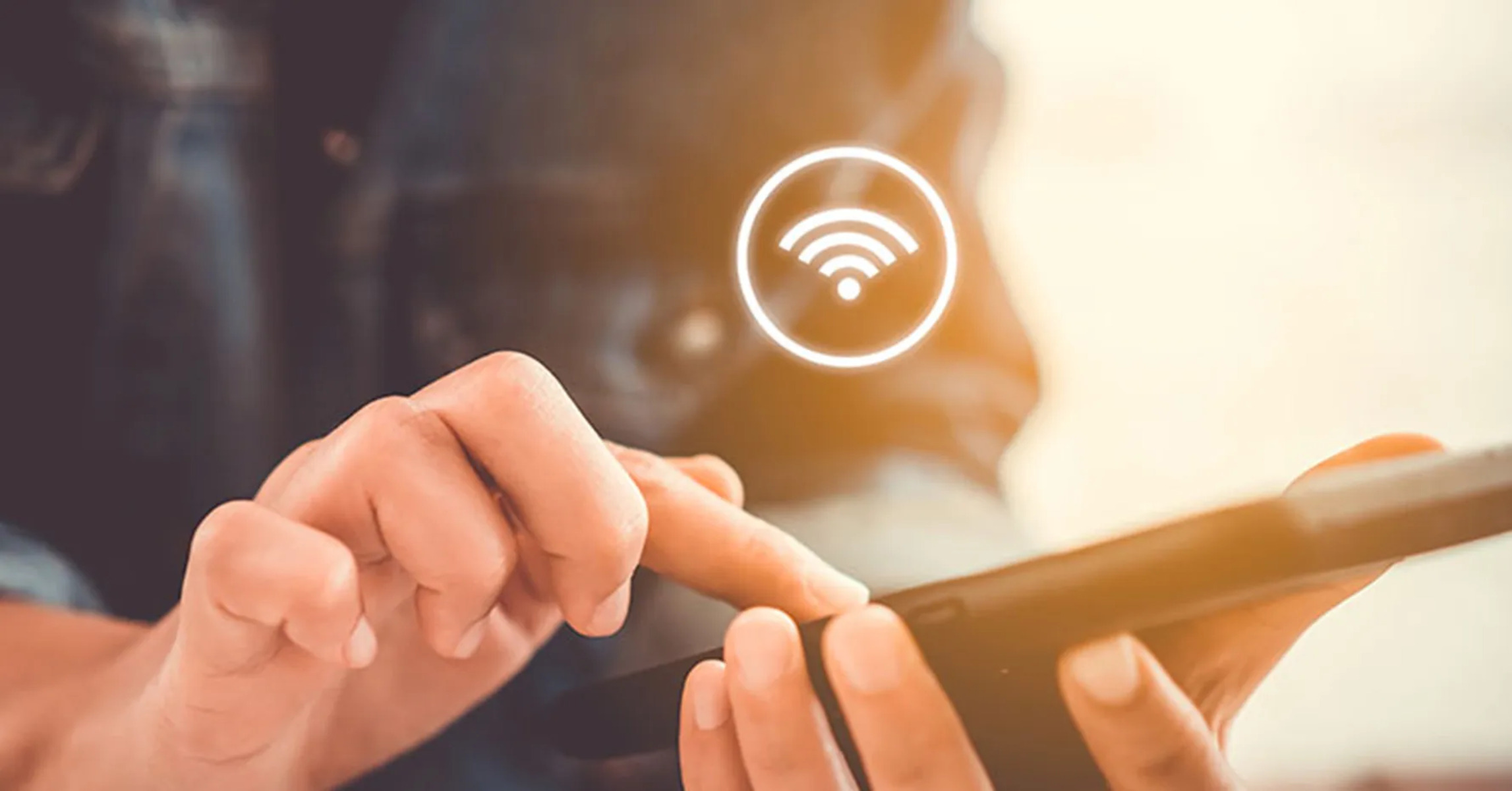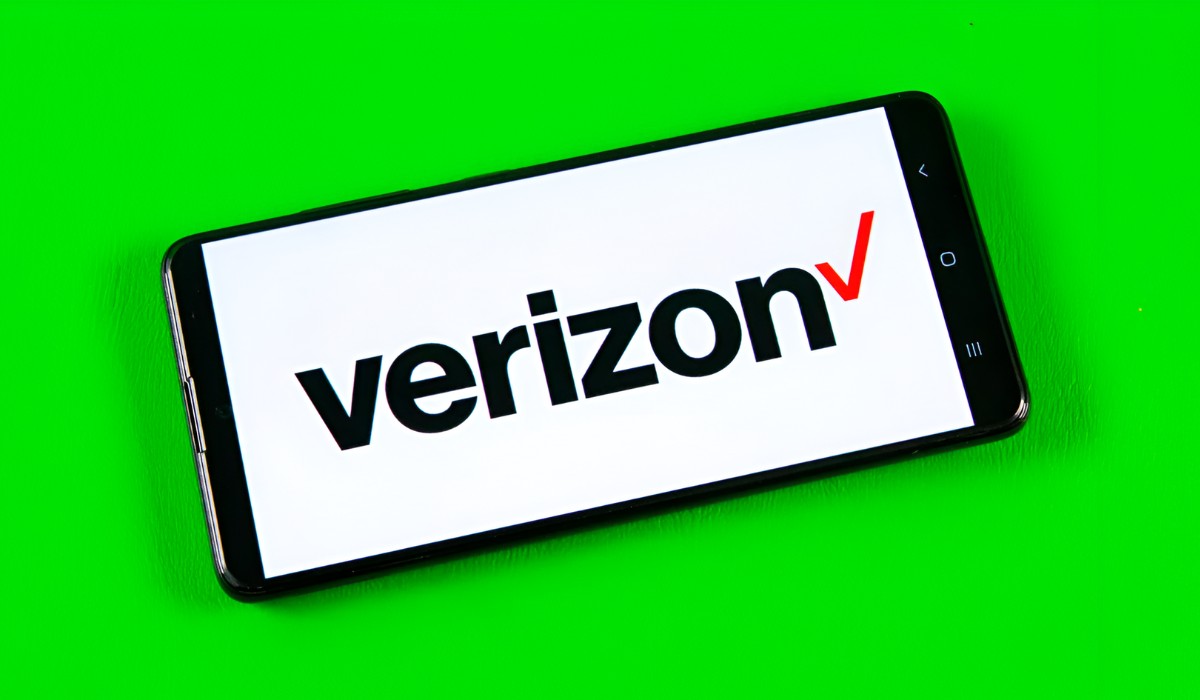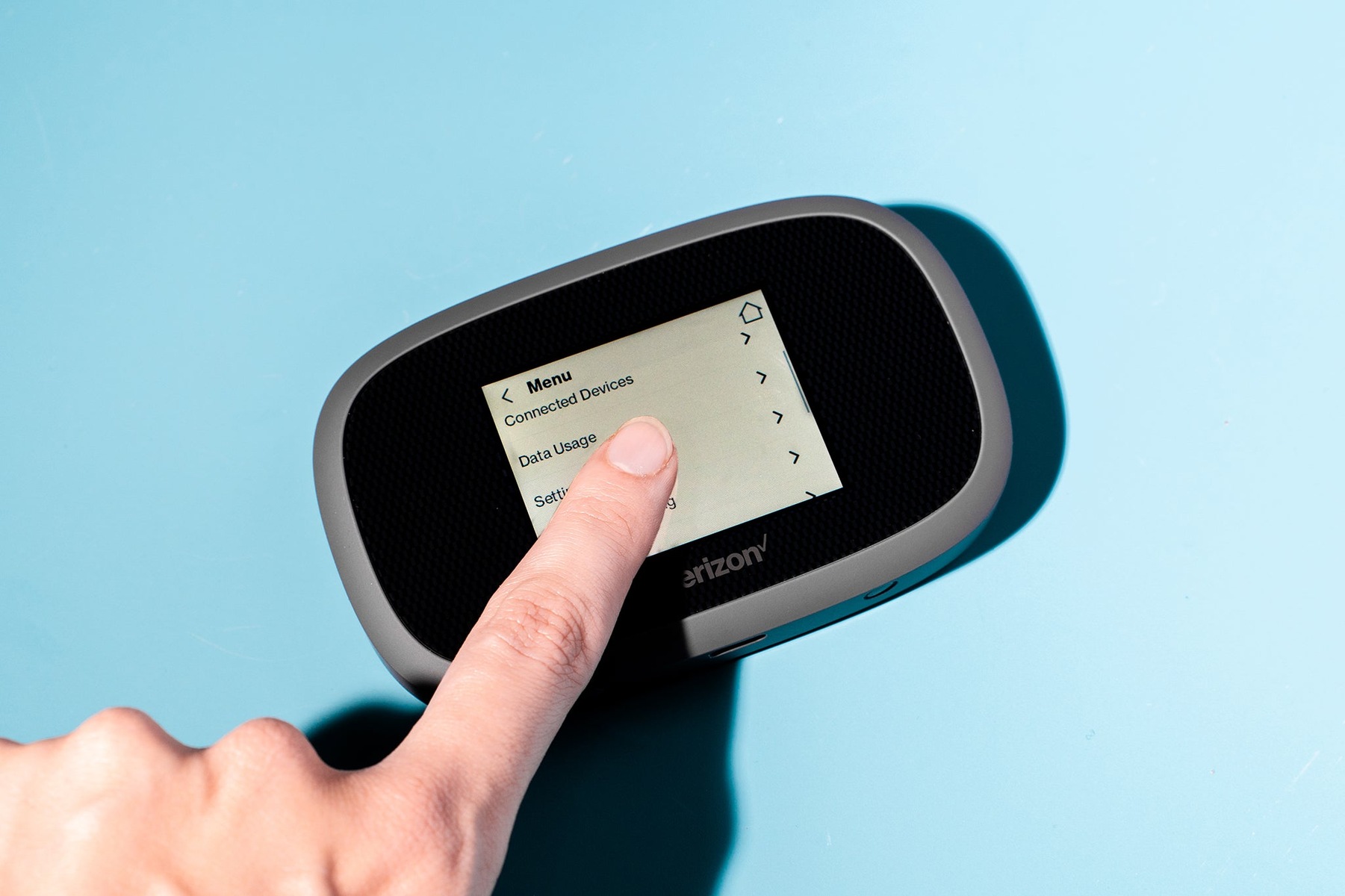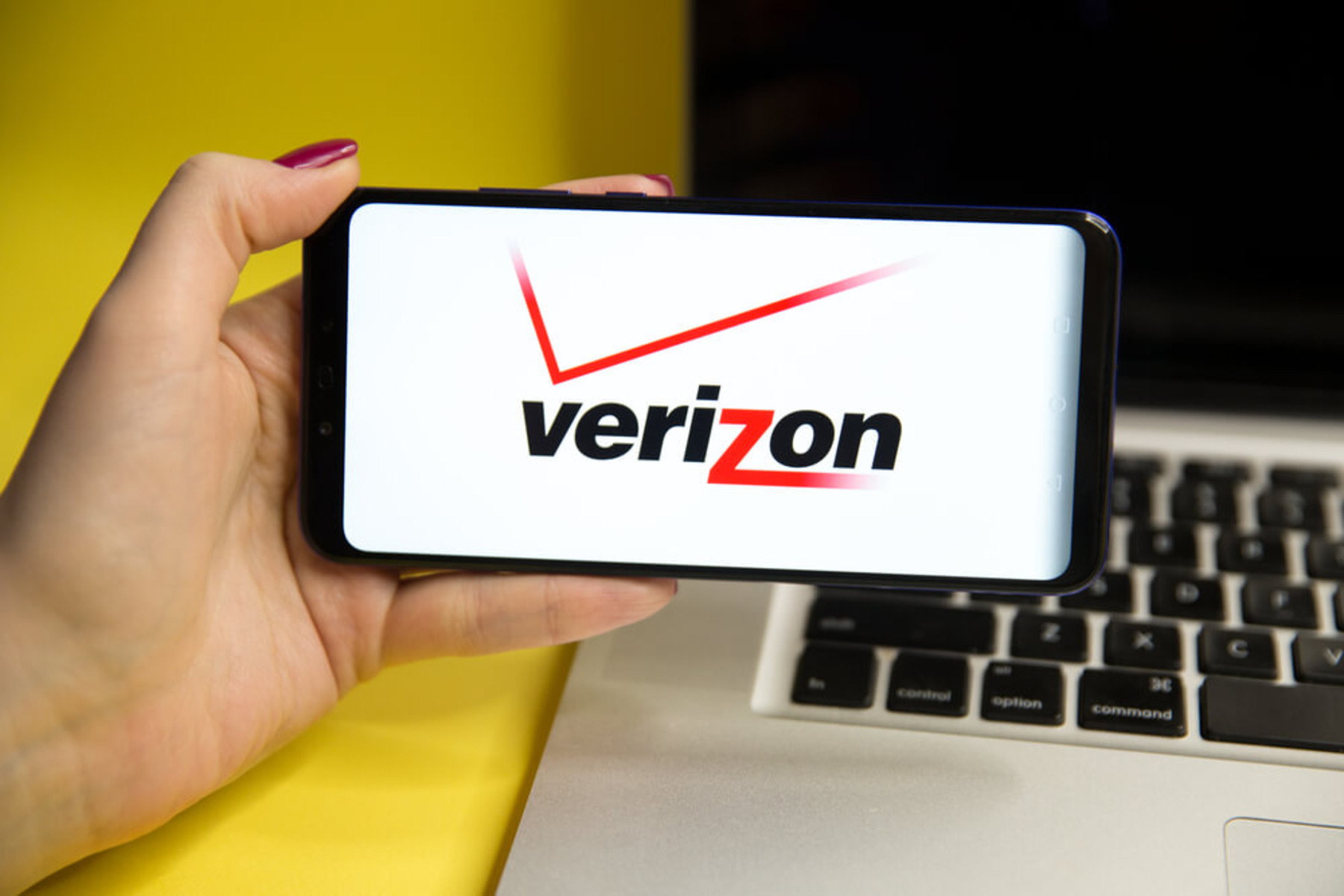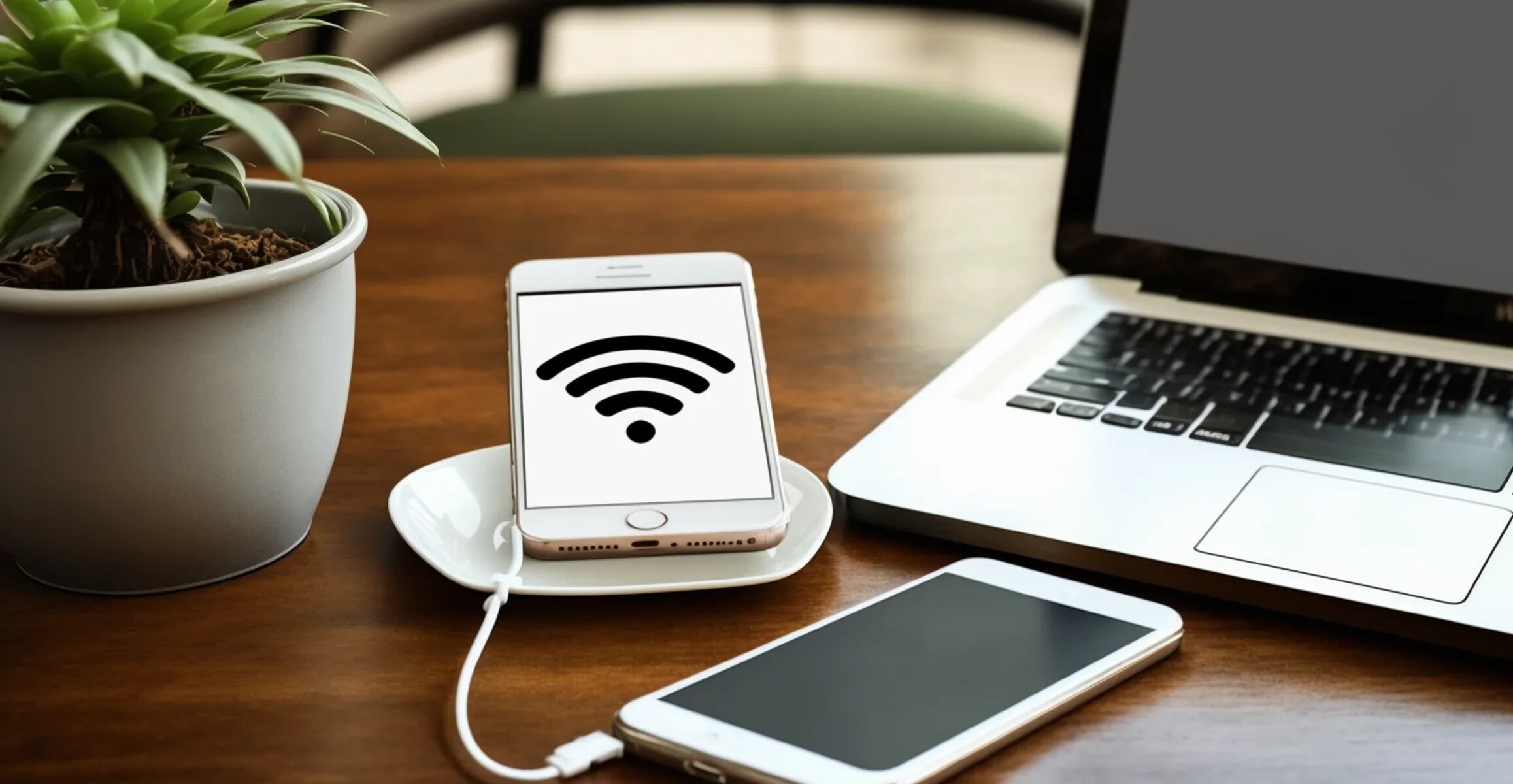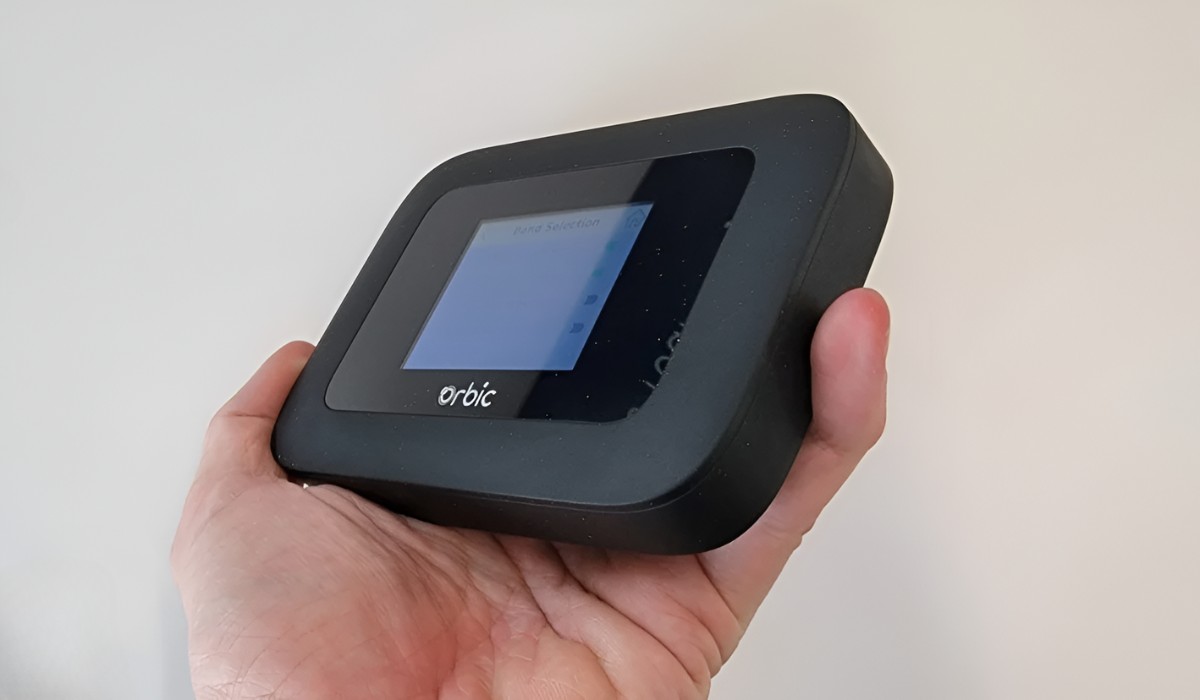What is Verizon Hotspot Data Usage?
Verizon Hotspot Data Usage refers to the amount of data consumed when using a Verizon mobile hotspot to connect devices to the internet. This feature allows users to share their smartphone's cellular data connection with other devices, such as laptops, tablets, or other smartphones, creating a convenient Wi-Fi network on the go.
When a device connects to a Verizon hotspot, it utilizes the cellular data provided by the Verizon network to access the internet. This means that any online activities performed by the connected devices, such as browsing the web, streaming videos, downloading files, or using online applications, contribute to the overall data consumption of the Verizon hotspot.
It's important to note that different online activities consume varying amounts of data. For instance, streaming high-definition videos or downloading large files can significantly impact the hotspot's data usage compared to simple web browsing or sending emails. As a result, understanding the nature of the activities being performed on the connected devices is crucial in managing and optimizing Verizon hotspot data usage.
Additionally, Verizon Hotspot Data Usage is an integral aspect of mobile data plans. Many Verizon plans include a specific allocation of high-speed hotspot data, beyond which the data speed may be reduced, or additional charges may apply. Therefore, being mindful of the data usage when utilizing the hotspot feature is essential for avoiding unexpected fees and ensuring a consistent internet connection.
In summary, Verizon Hotspot Data Usage encompasses the consumption of cellular data when using a Verizon mobile hotspot to connect devices to the internet. Understanding the dynamics of data consumption and being aware of data plan limitations are fundamental in effectively managing Verizon hotspot data usage to meet individual needs and preferences.
How Does Verizon Hotspot Data Usage Work?
Verizon Hotspot Data Usage operates by leveraging the cellular data network to create a portable Wi-Fi network, enabling connected devices to access the internet. When a user activates the hotspot feature on their Verizon smartphone, it functions as a mobile router, transmitting a Wi-Fi signal that other devices can connect to. This allows users to utilize their smartphone's cellular data to browse the web, stream media, or engage in other online activities on secondary devices such as laptops, tablets, or other smartphones.
The process begins with the user enabling the hotspot feature on their Verizon smartphone, typically found in the device's settings or quick access menu. Once activated, the smartphone emits a Wi-Fi signal that nearby devices can detect and connect to. When a secondary device, such as a laptop, establishes a connection to the Verizon hotspot, it effectively uses the smartphone's cellular data to access the internet. This means that any data-intensive activities performed on the connected device, such as video streaming or large file downloads, contribute to the overall data consumption of the Verizon hotspot.
Verizon Hotspot Data Usage is governed by the user's mobile data plan, which typically includes a specified allocation of high-speed hotspot data. Once this allocation is surpassed, the data speed may be reduced, or additional charges may apply, depending on the user's plan. Therefore, it is crucial for users to monitor their hotspot data usage to avoid unexpected fees and ensure uninterrupted internet access.
To track hotspot data usage, Verizon provides tools such as the My Verizon app or the online account management portal, allowing users to monitor their data consumption and adjust their usage accordingly. These resources enable users to stay informed about their data usage patterns, empowering them to make informed decisions about their internet usage and potentially modify their behavior to stay within their data limits.
In essence, Verizon Hotspot Data Usage operates by utilizing a smartphone's cellular data to create a portable Wi-Fi network, enabling connected devices to access the internet. Understanding the mechanics of hotspot data usage and being mindful of data plan limitations are vital for managing data consumption effectively and avoiding potential overage charges.
Tips for Managing Verizon Hotspot Data Usage
-
Monitor Data Usage: Keep a close eye on the data consumption of connected devices to the Verizon hotspot. Utilize Verizon's data monitoring tools to track usage patterns and identify data-intensive activities that may contribute to excessive data consumption.
-
Optimize Streaming Quality: When streaming content on connected devices, consider adjusting the video quality settings to a lower resolution. This can significantly reduce data usage without compromising the viewing experience.
-
Utilize Wi-Fi Networks: Whenever possible, connect devices to available Wi-Fi networks instead of relying solely on the Verizon hotspot. This can help conserve hotspot data for essential tasks and minimize unnecessary data usage.
-
Update Apps and Software Wisely: Schedule app updates and software downloads for times when the connected devices are on a Wi-Fi network. This prevents consuming Verizon hotspot data for large downloads or updates.
-
Enable Data-Saving Features: Many devices and applications offer data-saving features that can minimize data usage without sacrificing functionality. Explore these options and enable them to optimize data consumption.
-
Educate Users: If sharing the Verizon hotspot with others, educate them about data-conscious practices. Encourage them to avoid data-heavy activities when connected to the hotspot and to be mindful of their data usage.
-
Limit Background Data Usage: Configure connected devices to restrict background data usage for apps and services. This prevents unnecessary data consumption when devices are connected to the Verizon hotspot.
-
Consider Data-Saving Browsers: Utilize web browsers with built-in data-saving features that compress web pages and media, reducing data usage during browsing sessions.
-
Manage Automatic Cloud Syncing: Disable automatic cloud syncing for services such as photo backups or file synchronization when connected to the Verizon hotspot. Initiate manual syncing when on a Wi-Fi network to control data usage.
-
Explore Data Management Apps: Investigate the availability of data management apps that offer insights into data usage patterns and provide tools to optimize and control data consumption on connected devices.
By implementing these tips, users can effectively manage their Verizon hotspot data usage, optimize data consumption, and avoid potential overage charges, ensuring a seamless and cost-effective internet experience.
Understanding Verizon Hotspot Data Plans
Verizon offers a range of mobile data plans that incorporate provisions for hotspot usage, catering to diverse connectivity needs and preferences. These data plans are designed to accommodate varying levels of data consumption and provide users with the flexibility to leverage their Verizon hotspot for internet access on the go.
The hotspot data plans offered by Verizon typically include a specified allocation of high-speed hotspot data, which dictates the amount of data that can be utilized for hotspot connectivity before potential speed reductions or additional charges come into effect. These allocations vary across different plans, allowing users to select a plan that aligns with their anticipated hotspot usage requirements.
In addition to the allocation of high-speed hotspot data, Verizon's hotspot data plans may encompass features such as data rollover, which enables unused data to carry over to the following month, and the option to purchase additional hotspot data if needed. These features provide users with greater control over their data usage and the flexibility to adapt to evolving connectivity demands.
Furthermore, Verizon's hotspot data plans are often integrated into comprehensive mobile data packages, which may include unlimited or tiered data for smartphone usage alongside the designated hotspot data. This integration allows users to manage their overall data usage holistically, ensuring that both smartphone and hotspot connectivity needs are addressed within a unified plan.
Understanding the intricacies of Verizon hotspot data plans empowers users to make informed decisions regarding their connectivity options. By evaluating their typical hotspot usage patterns and considering factors such as the number of devices connected to the hotspot, the frequency of usage, and the nature of online activities performed, users can select a data plan that aligns with their specific requirements.
Moreover, staying informed about the details of Verizon hotspot data plans enables users to maximize the value of their connectivity services while avoiding potential overage charges and disruptions to their internet access. By leveraging the features and allocations provided within Verizon's hotspot data plans, users can optimize their hotspot usage, ensuring a seamless and efficient internet experience tailored to their individual needs.
In essence, comprehending the nuances of Verizon hotspot data plans is essential for users seeking to harness the full potential of their mobile connectivity, enabling them to make well-informed choices that align with their usage habits and preferences.







